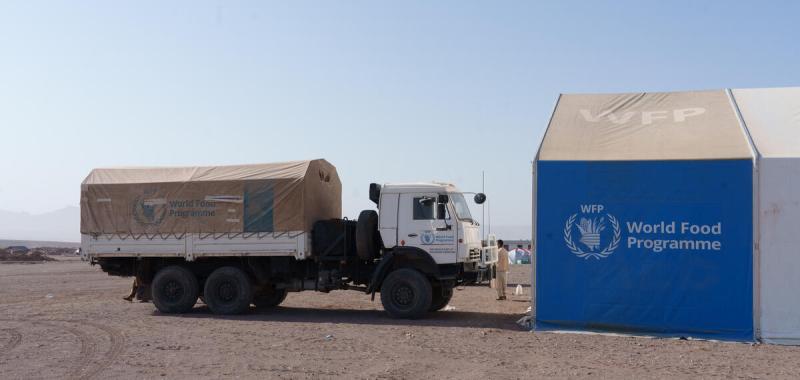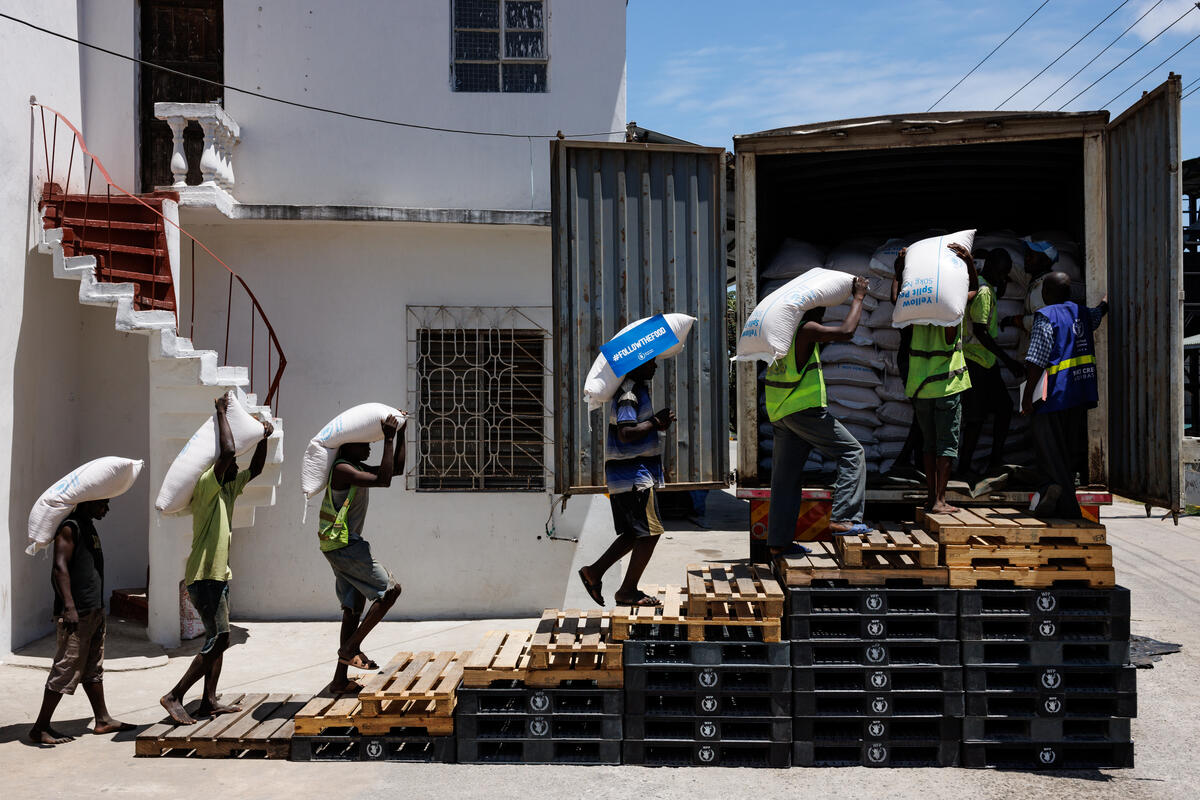Geographic targeting, commonly used to identify areas needing assistance, often faces biases from outdated data. This can result in significant inclusion and exclusion errors when identifying those most vulnerable, adversely affecting the effectiveness and fairness of food assistance.

6.5 million
People reached in Afghanistan in 2023







